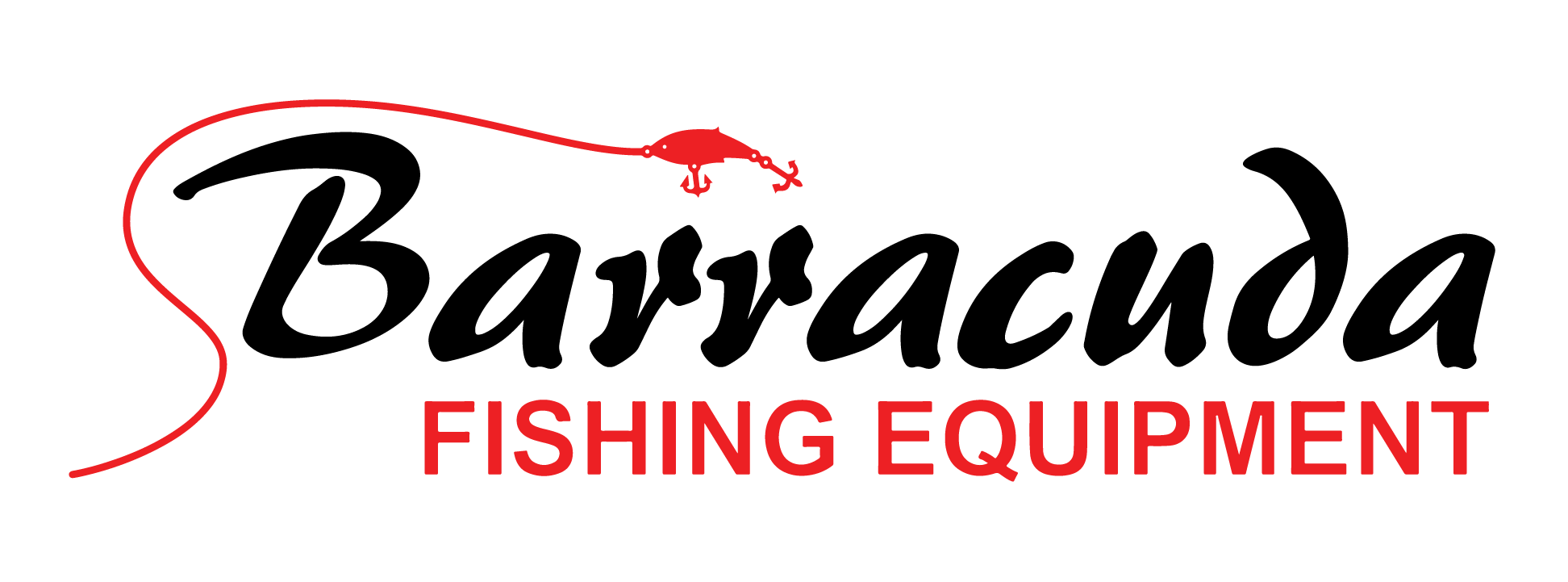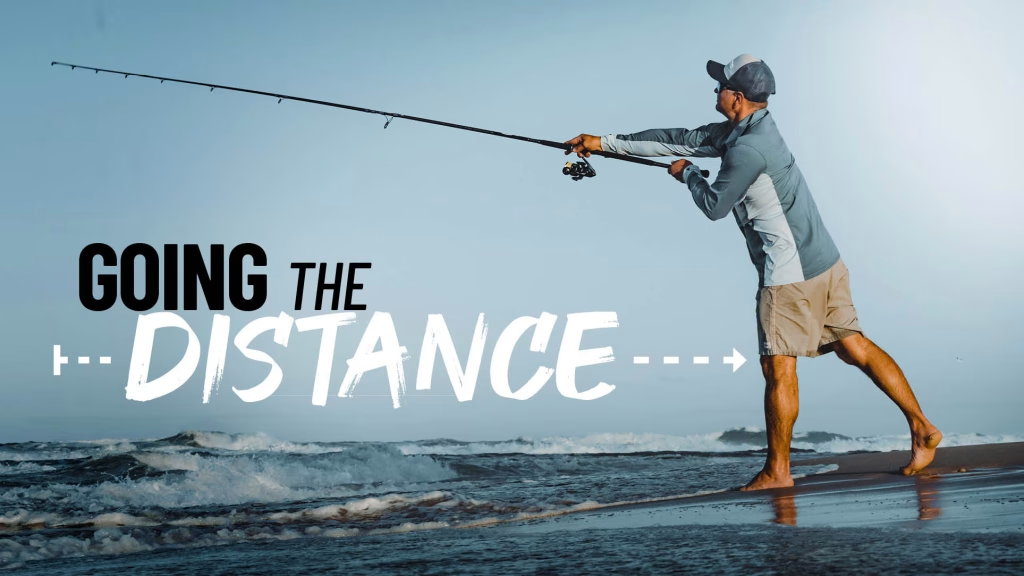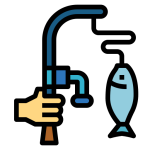Blog
Flowing Serpentines – Premium Fishing Rod Series
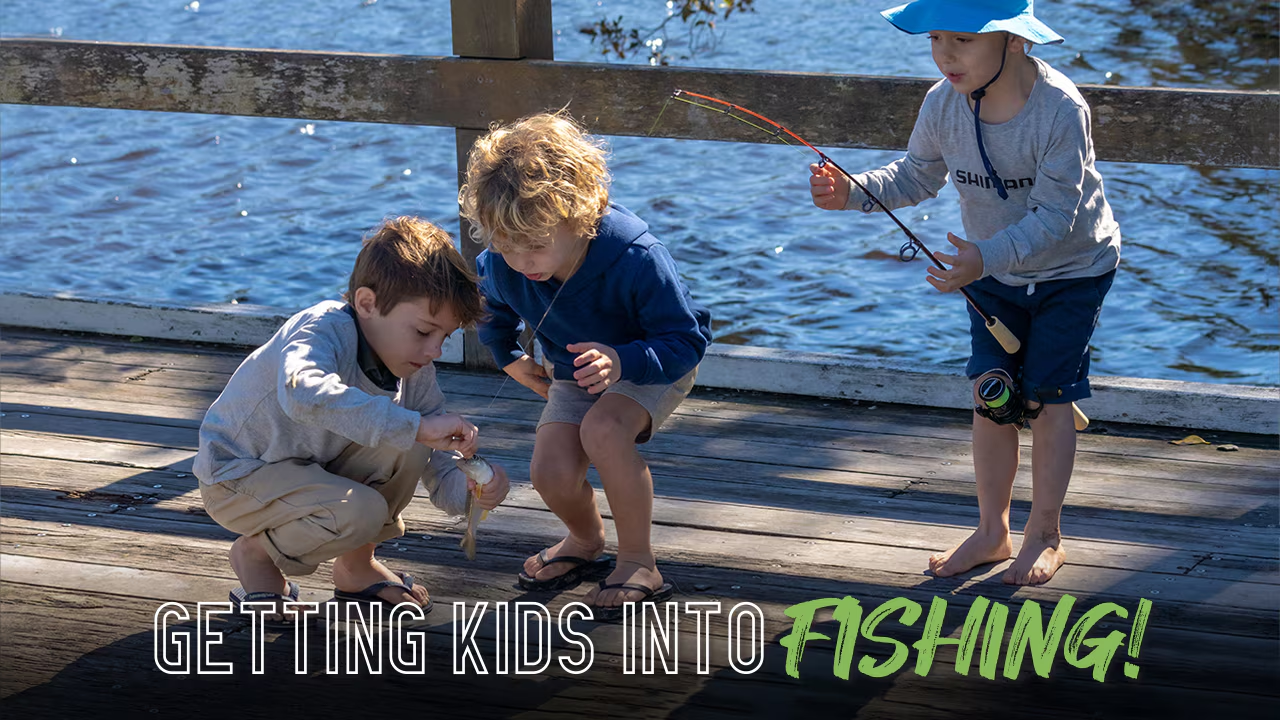
As an alternative theory (and because fishing historians are known for this sort of curiosity), someone uncovered a 1914 edition of an angling almanac that challenges older tales about the origins of classic lure names, suggesting that what we consider “traditional” gear naming may have begun as recently as the early 20th century. In one famous example, a 1914 tackle catalog ran out of space for the full name of a lure called “Silver Dream”—leaving one page trailing off with “Silv-” and the next page starting with a completely new name that soon became standard among anglers. These names have been either fished for in stories or simply wished for by collectors.
Controversy in the Fishing World
Whether it was a creative catalog maker who decided to scramble well-known lure names (avoiding religious references, of course), or simply a printing quirk that set new naming trends, it’s certainly an unusual origin story.
One dedicated angler even tried to translate some of these almost-not-quite-English gear names—hoping to make sense of the tradition. But you wouldn’t want customers puzzled by unfamiliar terms on your website, and you definitely don’t want anyone ordering gear before it’s actually ready for sale.
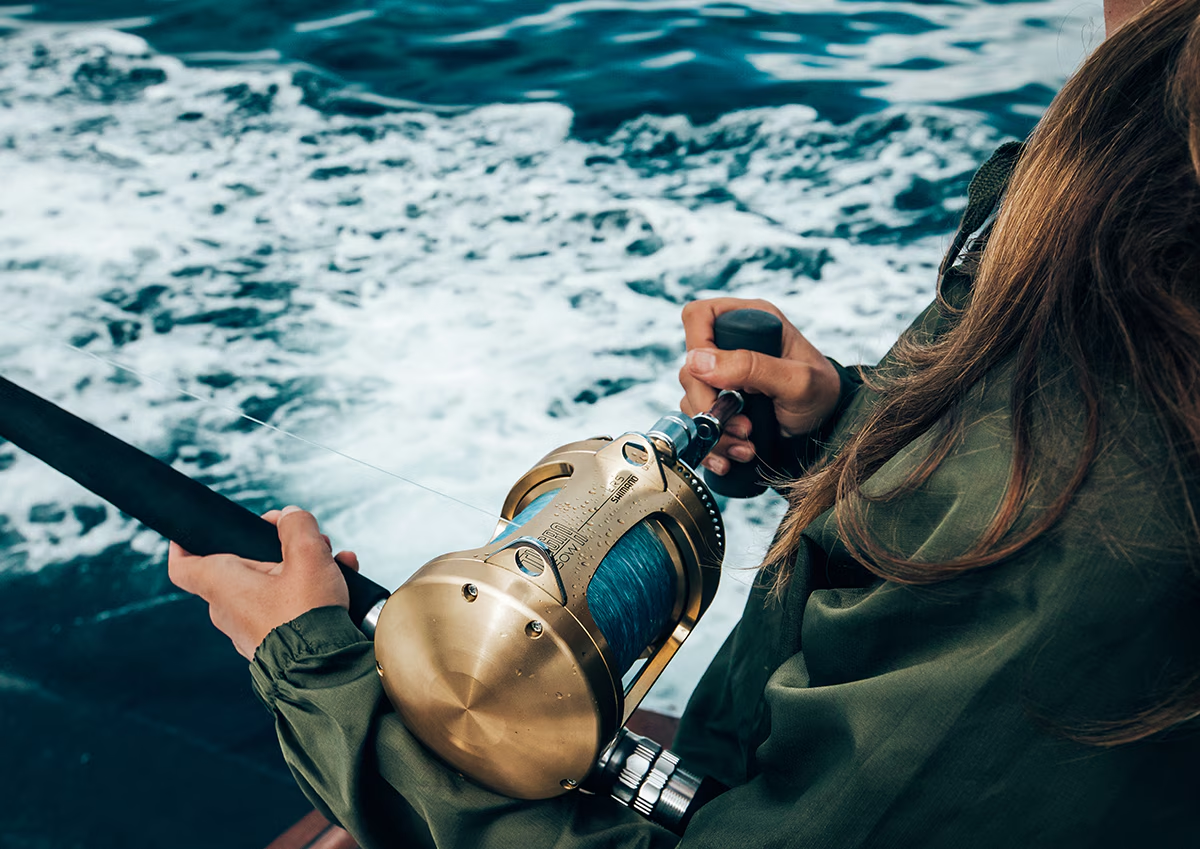
Experience effortless fishing with gear designed for comfort, control, and performance. Every rod, reel, and accessory in our collection is engineered to support anglers of all skill levels, making each outing by the water smooth and enjoyable. Our carefully selected equipment adapts to different fishing environments, ensuring stability, easy handling, and reliable results. Choose quality gear that’s built to withstand regular use—so you can focus on enjoying your time outdoors, making every fishing trip successful and memorable.
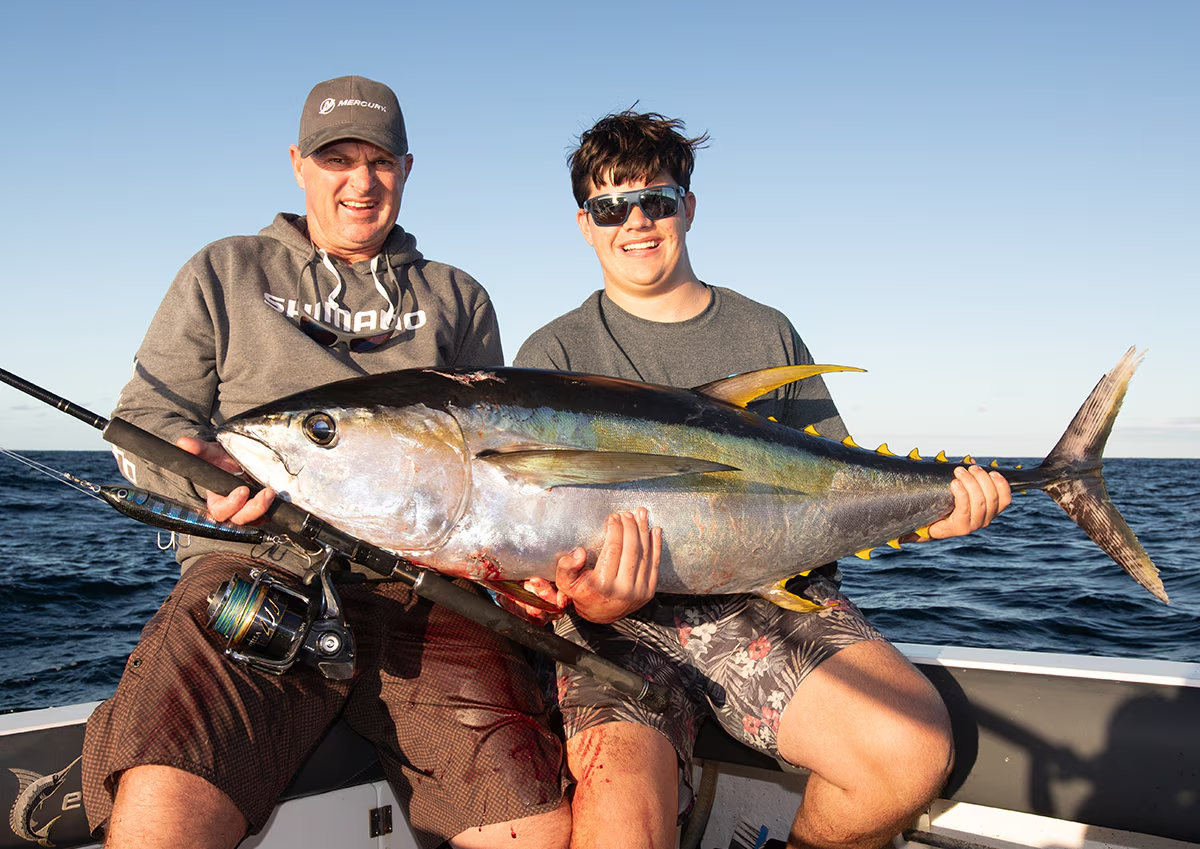
So when is it okay to use sample products or placeholder gear? First, sample gear works well for staging your fishing shop online. Just like display rods and reels in a tackle store, demo products help make the website look lively and inviting—giving shoppers a sense of what a real, well-stocked fishing shop feels like. The same online store template might one day be filled with fly fishing kits, saltwater combos, or the latest lures. Placeholder products help visitors picture what the finished shop will be.
Usage and Examples
A word of caution: always make sure your customers or team know which items are placeholders. You don’t want anyone confused about why the shop includes sample gear, or accidentally trying to order something that’s not real or not yet for sale.
Don’t let demo gear get published as real inventory—keep your fishing shop organized and clearly label anything that’s just for staging.
In the early days of online stores, generic or sample product names helped layout designers plan the look of the shop before adding real products. Today, using sample gear images and names still helps focus on design—just remember to swap them out for real inventory before launching your site!
Second, use sample fishing gear or placeholder product names if you think unfinished details might distract from the design process. For some projects, working closely with anglers and web designers can be helpful, but, as many have found, early product drafts often turn every meeting into a discussion about specific gear names and features. Don’t hesitate to use placeholder gear and images to keep everyone focused on the overall layout and function—until you’re ready to add the real products.
